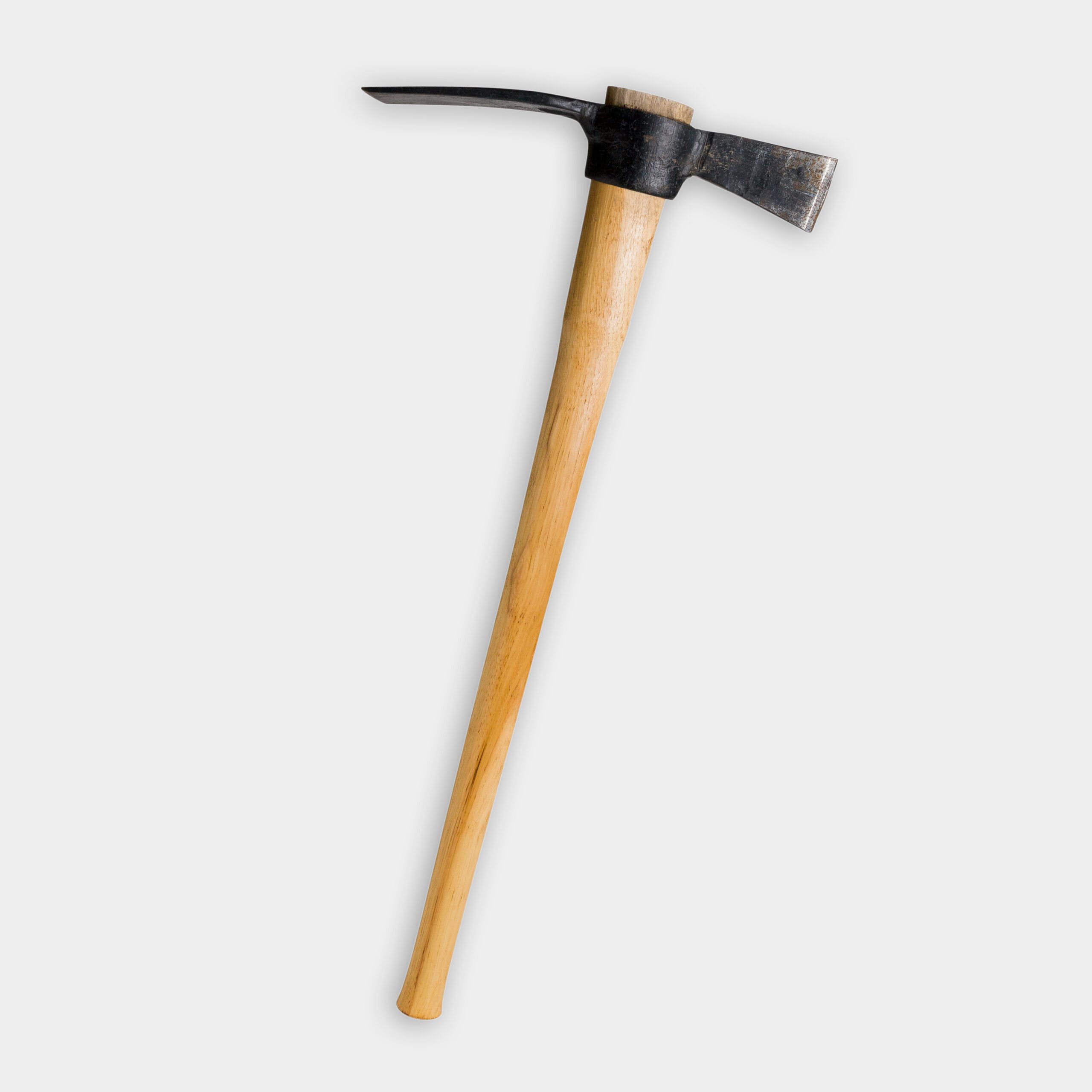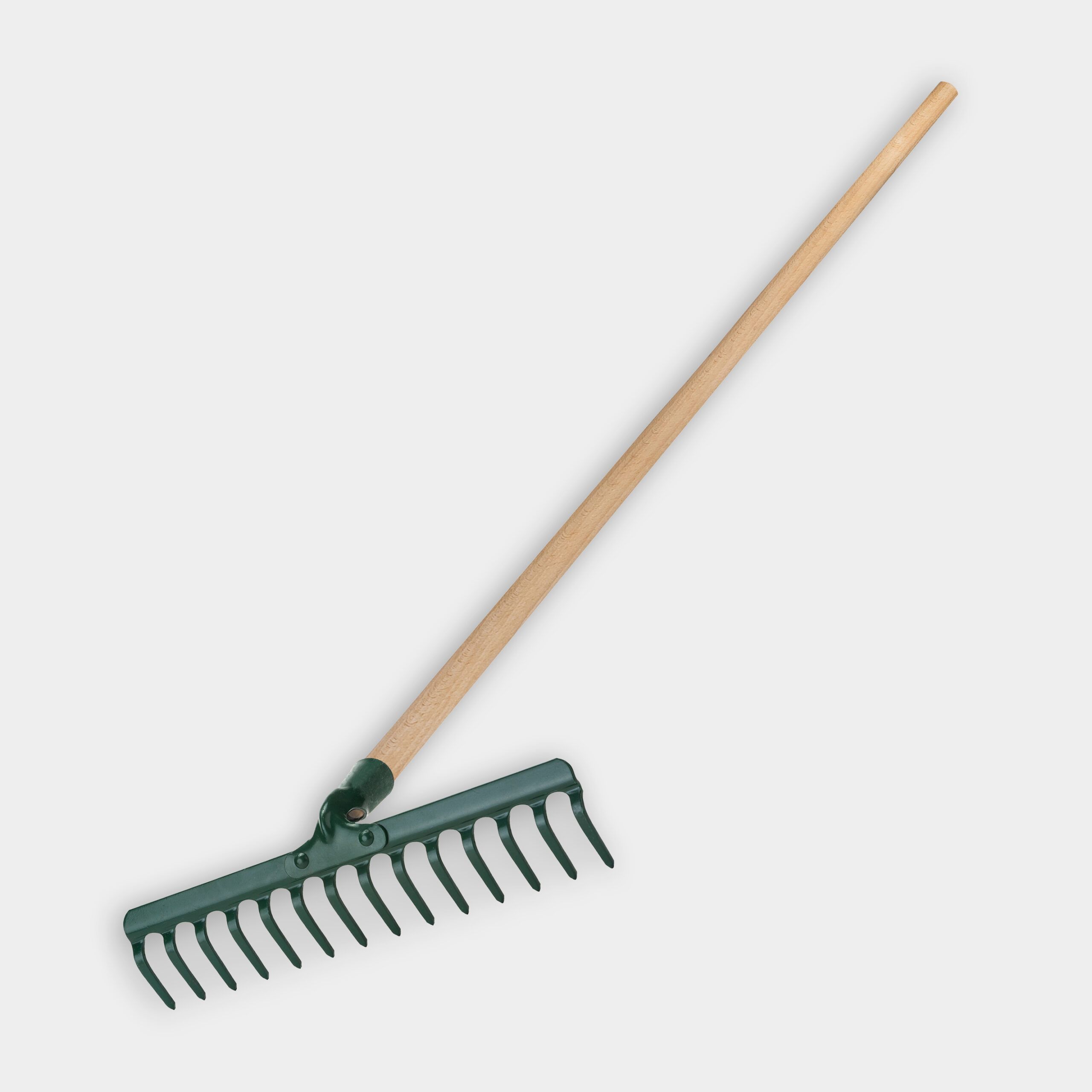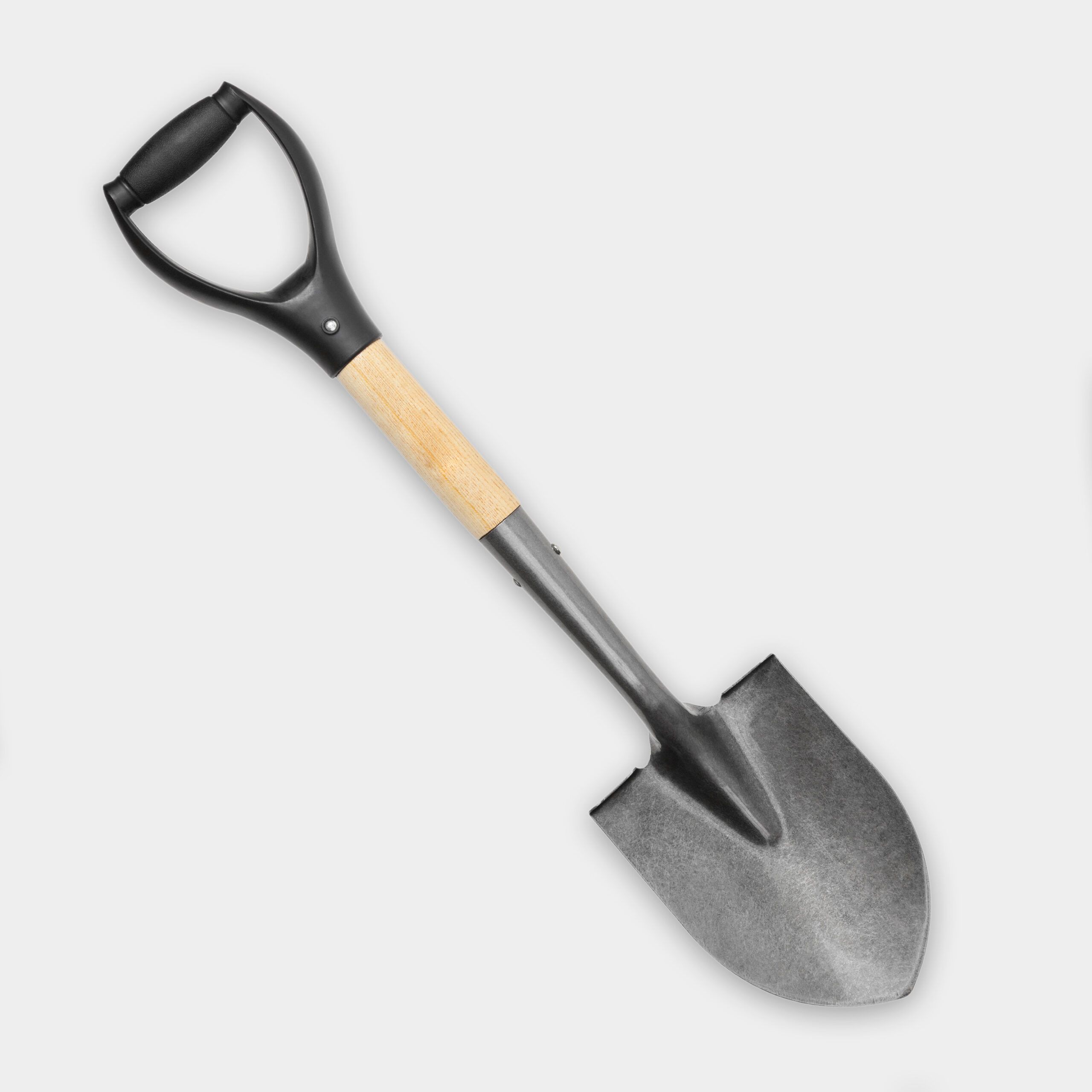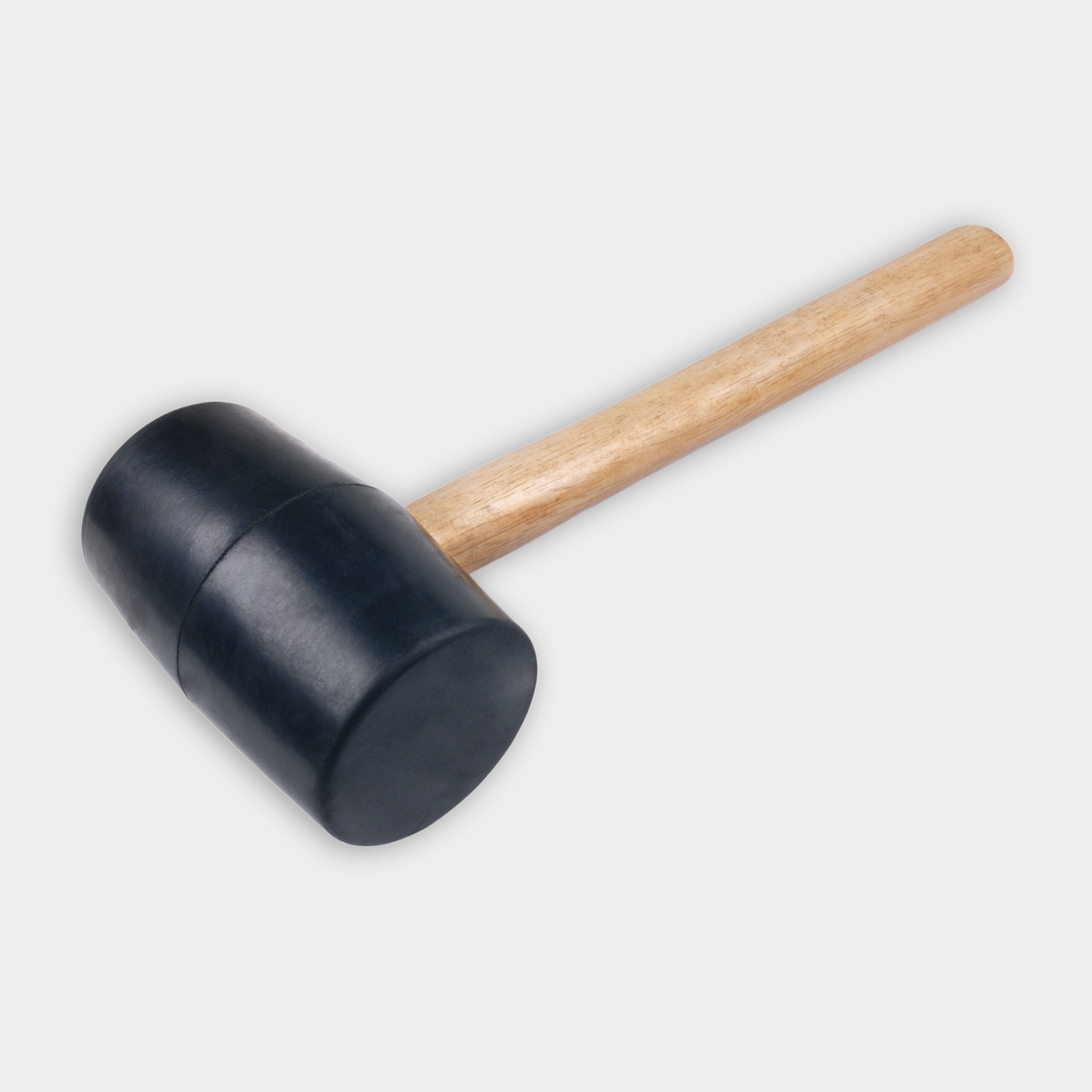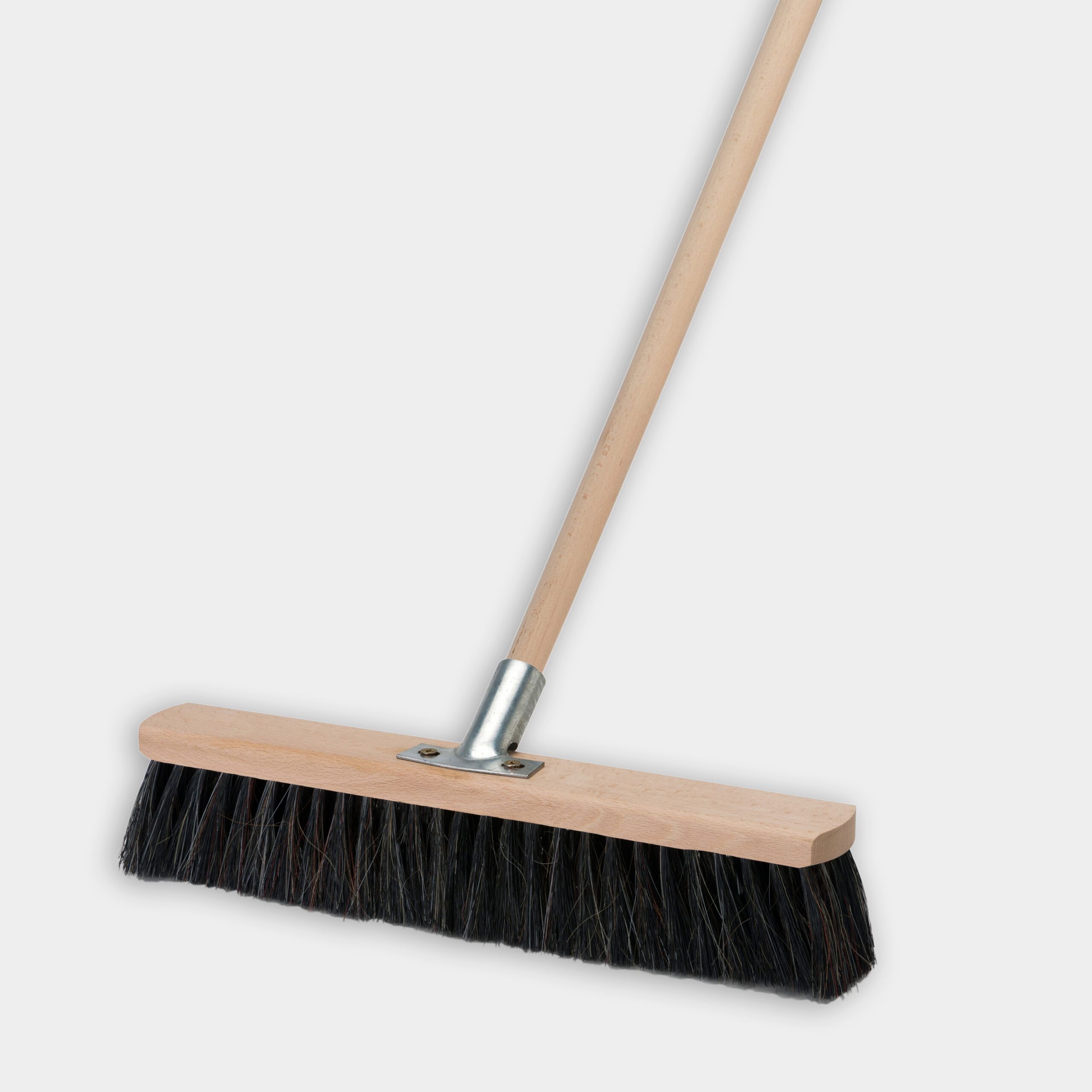We may be compensated if you purchase through links on our website. Our team is committed to delivering honest, objective, and independent reviews on home products and services.
Project details
Skill
Cost
Estimated Time
A well-maintained brick path can enhance the beauty and functionality of your outdoor space. However, over time, these paths may become uneven, develop gaps, or simply lose their appeal. Redoing a brick path is a rewarding project that can dramatically improve your home’s curb appeal. This Old House expert Mark McCullough demonstrates how to revitalize a worn-out brick walkway, offering valuable insights for homeowners looking to tackle this project.
*Unless otherwise noted, costs in this article reflect an average of prices that our team found from hardware stores like Lowes and Home Depot, and on Amazon.com.
Understanding the Importance of a Proper Path Base
The foundation of a successful brick path lies in its base. A properly prepared base ensures longevity and stability, preventing common issues like unevenness and shifting bricks. A solid base will withstand weather and time, keeping your path smooth and attractive.
The Three Key Ingredients
McCullough emphasizes three important components of a durable brick path:
- Crusher run: A mixture of gravel and stone dust that provides a stable foundation
- Stone dust: A fine material that creates a smooth surface for laying bricks
- Edging: A barrier that holds the bricks in place and prevents spreading
The Role of Compaction
Proper compaction is essential for a long-lasting brick path. Inadequate compaction can lead to settling and unevenness over time. Using a plate compactor, available for rent at most home centers, ensures a firm and stable base for your brick path. Compaction helps to lock the materials together and provides a solid footing for the bricks, protecting against shifts and settling.
Steps To Redo a Brick Path
Redoing a brick path involves several steps that each contribute to the path’s durability and appearance. Here is a guide to help you transform your walkway:
- Remove existing bricks: Carefully remove and save bricks in good condition for reuse.
- Prepare the base: Use a rake to loosen the existing crushed stone and stone dust. Dig a 6–8 inch trench for a fresh start.
- Compact the soil: Use a plate compactor to create a firm, even foundation.
- Add crusher run: Apply a 3-inch layer of crushed stone to allow for proper drainage and mitigate freeze-thaw effects.
- Compact the crusher run: Use the plate compactor to ensure a solid base.
- Add stone dust: This layer smooths out the crushed stone and provides a flat surface for brick placement.
- Compact the stone dust: Spray water lightly before compacting to minimize dust.
- Lay the bricks: Place bricks in your desired pattern, ensuring a tight fit.
- Install edging: Use plastic edging along the sides of the walkway to keep bricks in place.
- Fill joints with stone dust: Sweep stone dust into the gaps between bricks to solidify the walkway and deter weed growth.
- Rinse the surface: Use a light setting on your hose to rinse excess stone dust.
- Apply a final layer of stone dust: Once dry, add another coat of stone dust to fill any remaining gaps.
Choosing the Right Materials for a Brick Path
Selecting appropriate materials is crucial for a successful brick path renovation. Ensuring the right mix of base materials, bricks, and edging will help maintain the path for years to come.
Bricks
When replacing damaged bricks, try to match the existing style and color. McCullough uses McAvoy Pavers to blend seamlessly with the homeowner’s original bricks. Look for bricks with sharp edges and various colors to achieve a natural look. Durable bricks will maintain their appearance and strength through all kinds of weather conditions.
Base Materials
As mentioned above, for the base you’ll need the crusher run, stone dust, and plastic edging. These materials are typically available at landscape supply stores and nurseries. Selecting high-quality base materials is imperative for the integrity of your brick path, providing both strength and flexibility to accommodate changes in temperature and ground conditions.
Laying Brick Patterns and Design Considerations
The pattern you choose for your brick path can significantly impact its overall appearance and functionality. The arrangement of bricks can either accentuate the path or detract from its appeal.
Vertical vs. Horizontal Placement
In the demonstration, McCullough opts for a vertical brick placement instead of the original horizontal layout. This choice offers several advantages:
- Fewer cuts required: Reduces labor and waste
- More visually appealing: Vertical alignment can complement the natural line of the path
- Better suited for curved paths: Vertical bricks can adapt more easily to curves
Accommodating Curves
For gently curved paths, you can often adjust the joint spacing between bricks to follow the curve without making cuts. This technique creates a smoother, more cohesive look. A fluid curve gives the walkway a natural appearance and improves the flow of movement along the path, making it both aesthetically pleasing and functional.
Brick Path Maintenance and Aftercare
Proper maintenance ensures your newly redone brick path remains beautiful and functional. Maintenance efforts contribute to the longevity and visual appeal of the path, preserving your work and investment.
Filling Joints
After installation, you may notice gaps reappearing as the stone dust settles. To address this:
- Allow the path to dry completely.
- Spread another layer of stone dust.
- Sweep it into the cracks.
- Repeat if necessary until joints are fully filled.
Filling the joints regularly helps maintain the integrity of the path structure and prevents weeds from compromising the surface.
Dealing with Freeze-Thaw Cycles
The freeze-thaw cycle can affect brick paths in regions with freezing temperatures. The crushed stone base acts as a shock absorber, allowing for slight movement without damaging the surface. This flexibility helps maintain a level walkway despite ground shifts. Regular assessment of the path’s condition, especially after winter, will alert you to any necessary repairs or adjustments.
Resources
To repair the walkway, McCullough reused as much existing material as possible. The homeowner’s original bricks were McAvoy Pavers, which can be found at brickyards. McCullough reused as many of the homeowner’s bricks and mixed in the new ones along the walkway so they would blend in.
To keep the walkway together and help prevent weeds, McCullough also installed No-Dig Landscape Edging, which is manufactured by Vigoro and available at most home centers.
Materials
Tools
If you have a large enough pathway, you may want to rent a plate compactor from Home Depot.
